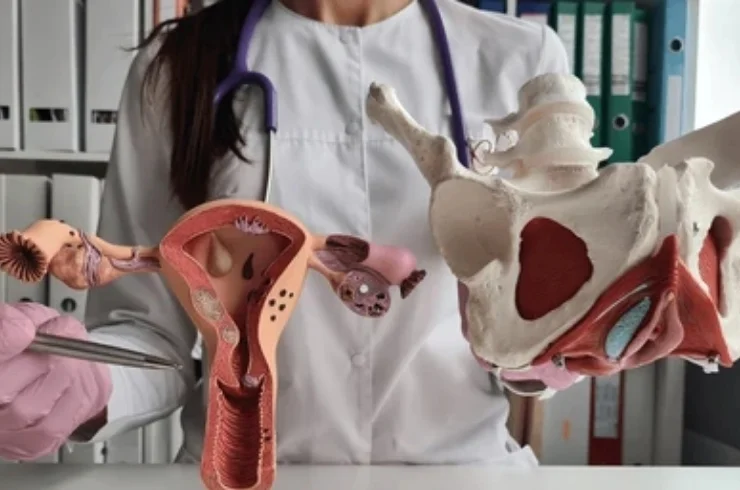
Pelvic floor disorders are conditions that occur when the muscles and tissues of the pelvic floor, which support the uterus, bladder, rectum, and small intestine, become weakened or damaged. These disorders can significantly impact a woman’s quality of life and may lead to various physical and emotional challenges.
Common pelvic floor disorders include urinary incontinence, fecal incontinence, pelvic organ prolapse, and chronic pelvic pain.
Urinary incontinence involves the involuntary loss of urine, which can be triggered by activities like coughing, sneezing, or exercising. It can range from mild to severe and can be caused by weakened pelvic muscles, pregnancy, childbirth, or aging.
Fecal incontinence is the inability to control bowel movements, which can result from pelvic floor muscle weakness, nerve damage, or trauma during childbirth.
Pelvic organ prolapse occurs when the pelvic organs, such as the bladder, uterus, or rectum, drop or bulge into the vaginal canal due to weakened pelvic muscles. This can cause discomfort, urinary and bowel issues, and a feeling of heaviness or pressure in the pelvic area.
Chronic pelvic pain is a persistent discomfort in the pelvic region, often associated with conditions like endometriosis, fibroids, or pelvic inflammatory disease (PID).
Treatment for pelvic floor disorders varies depending on the severity and underlying cause. Physical therapy focusing on pelvic floor exercises (Kegel exercises) is often recommended to strengthen the muscles. Other options include medications, pessary devices for prolapse, and in some cases, surgical interventions.
Addressing pelvic floor health is essential to maintaining overall well-being and improving quality of life. Early intervention, lifestyle adjustments, and professional care can help manage and treat these conditions effectively.